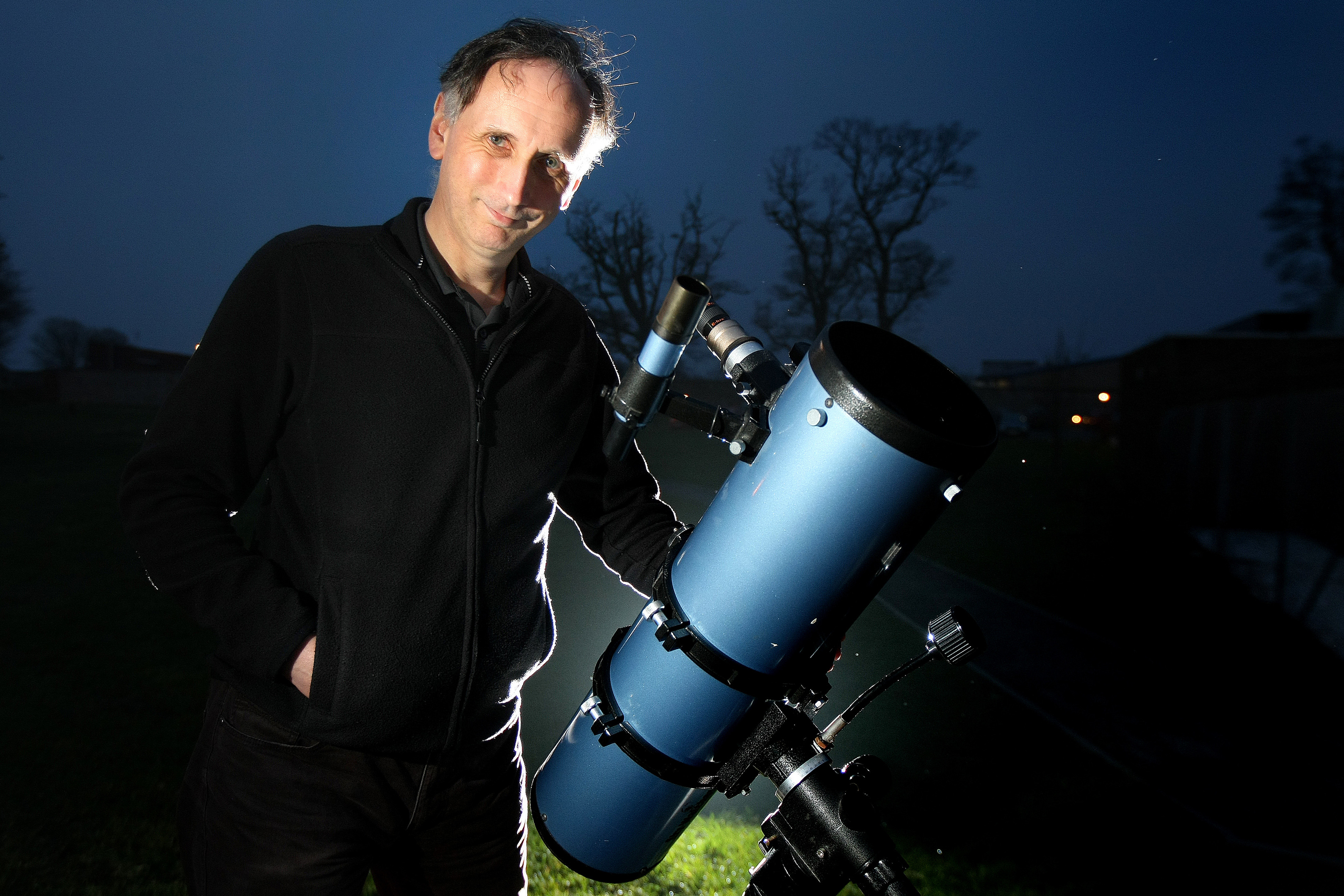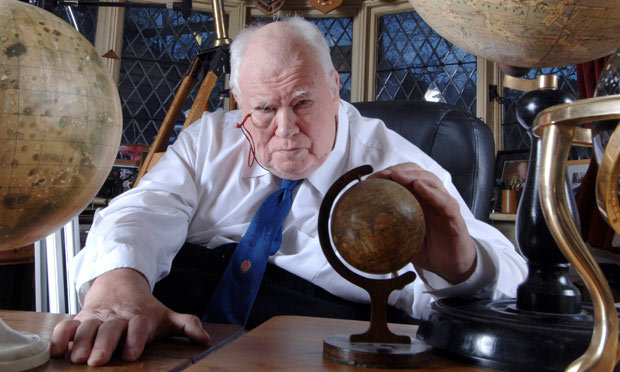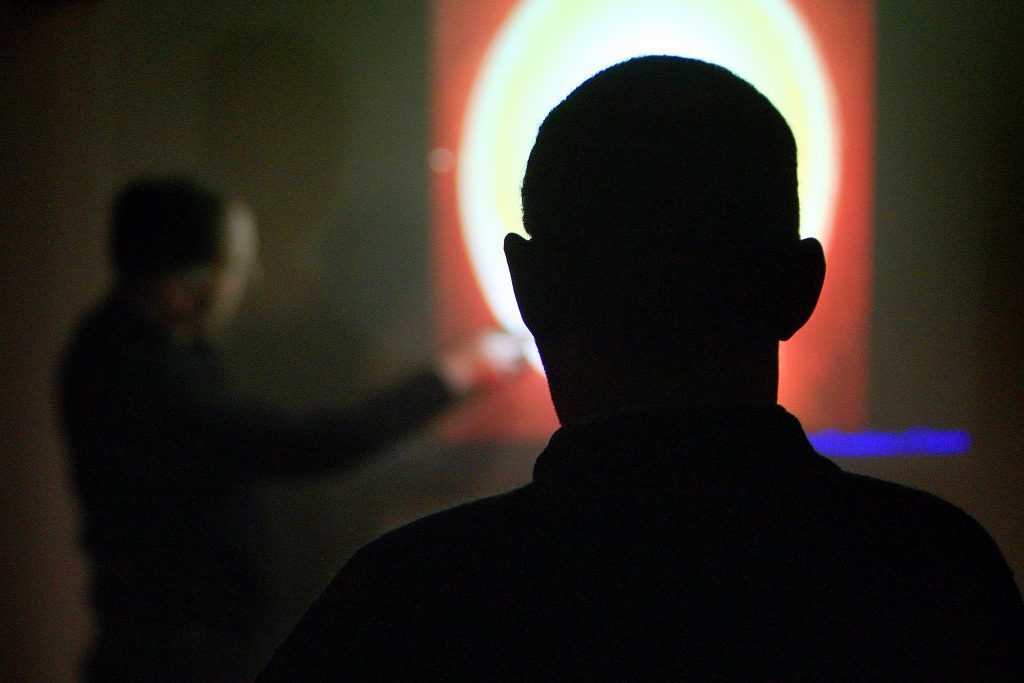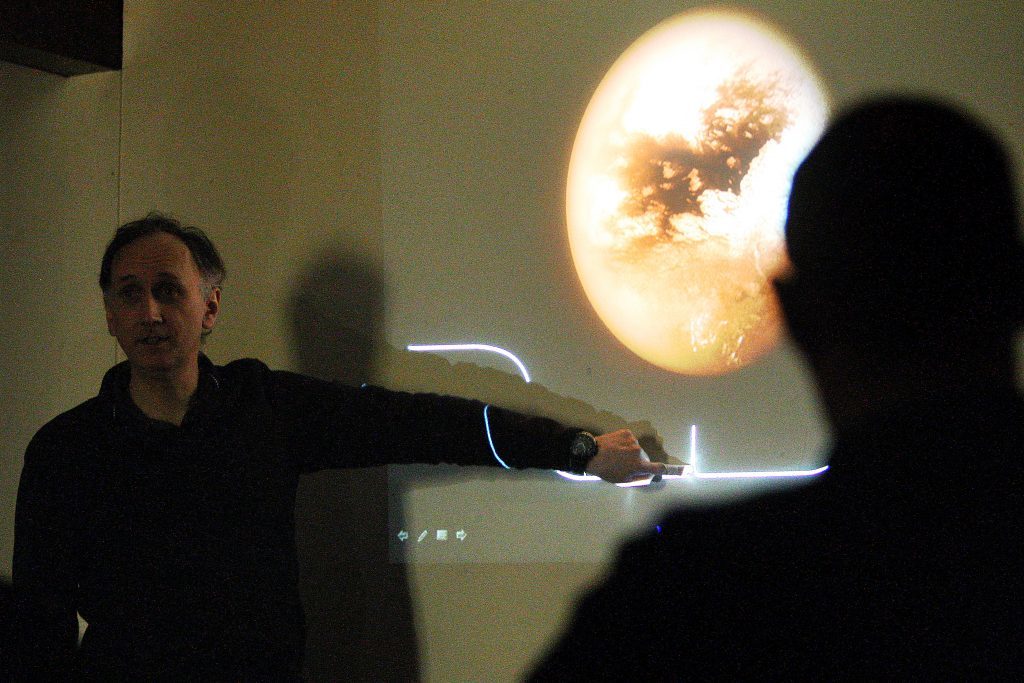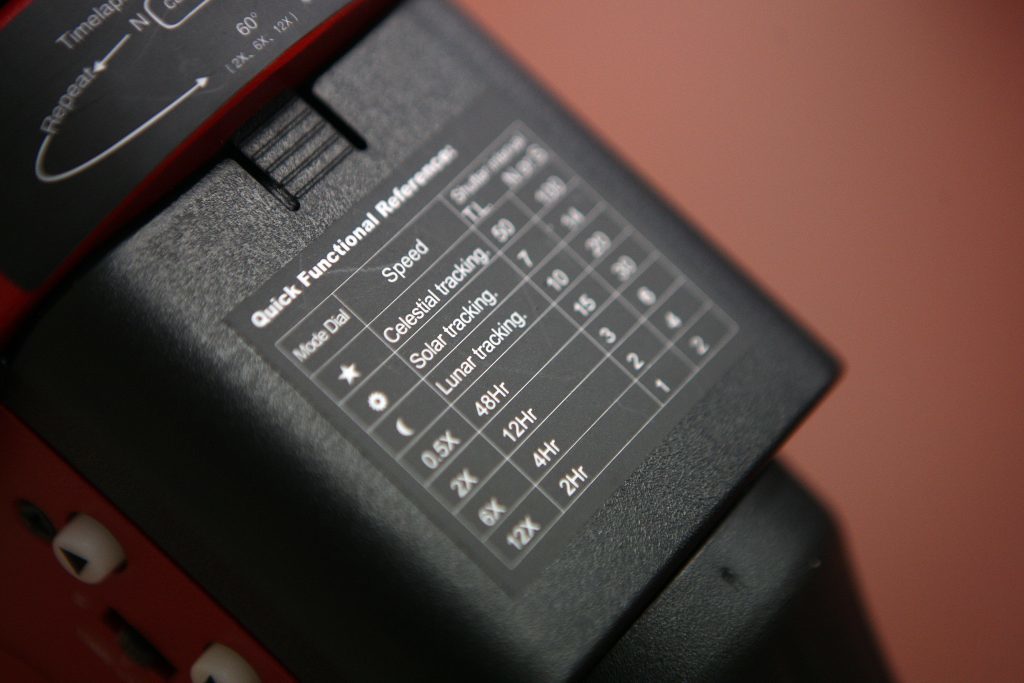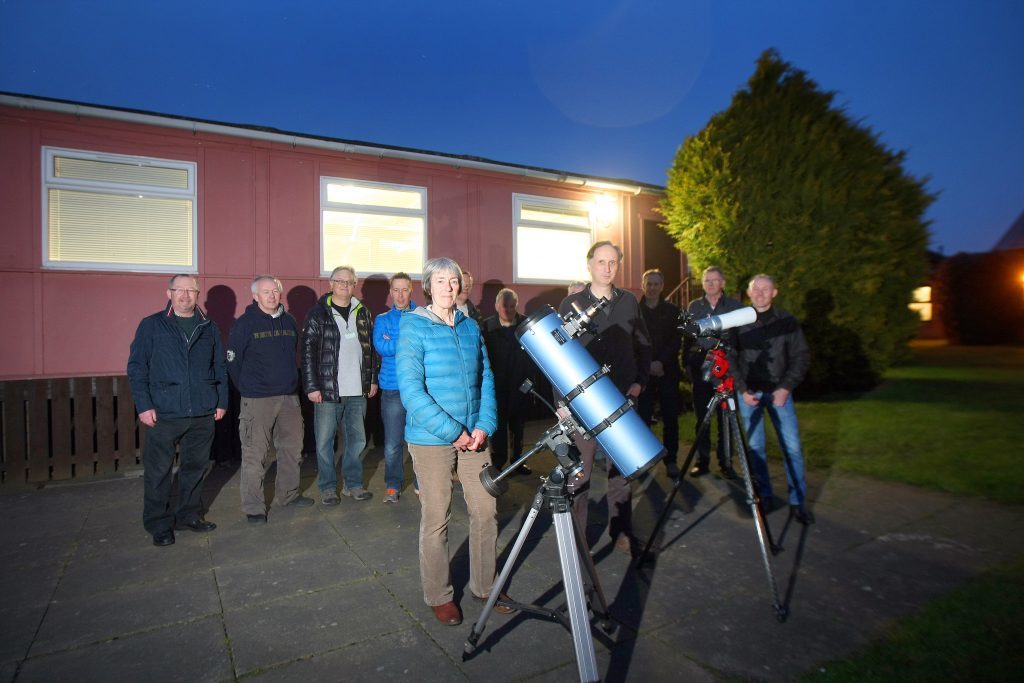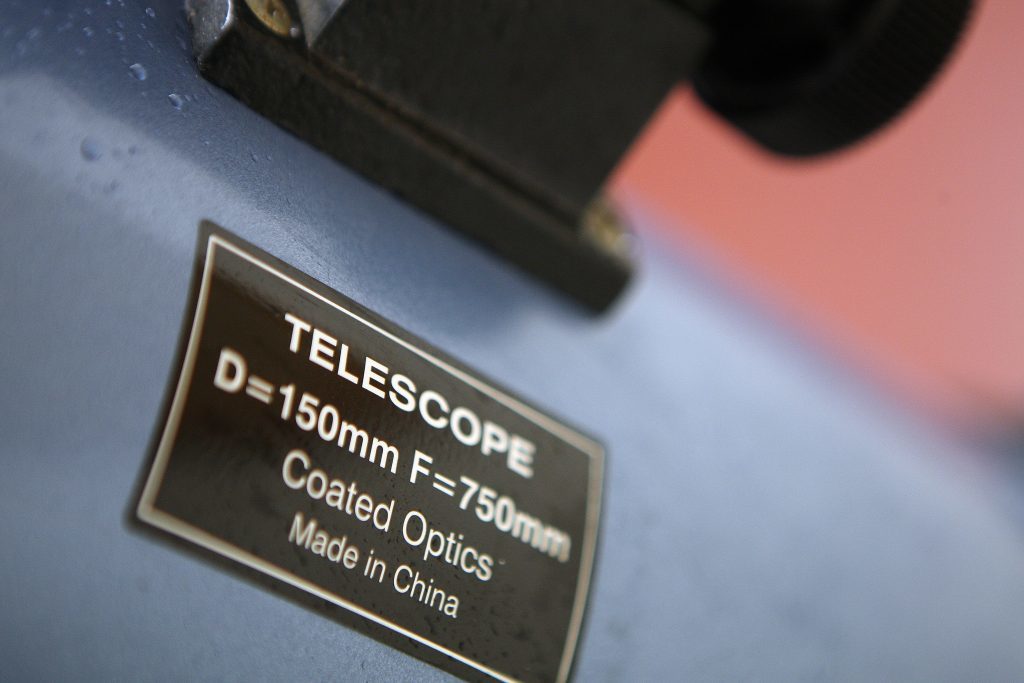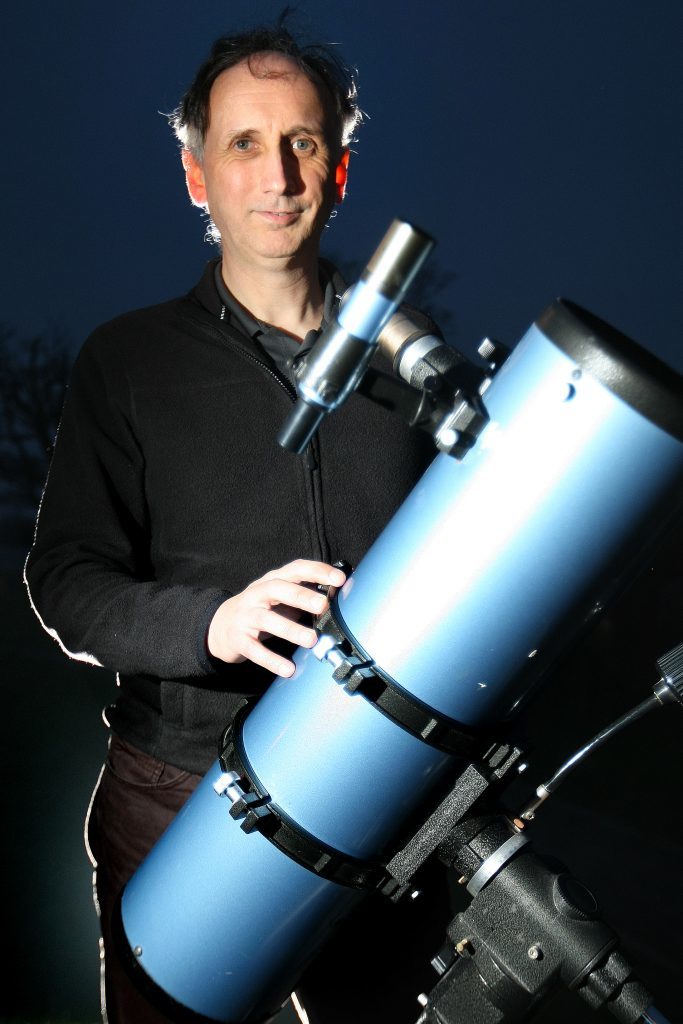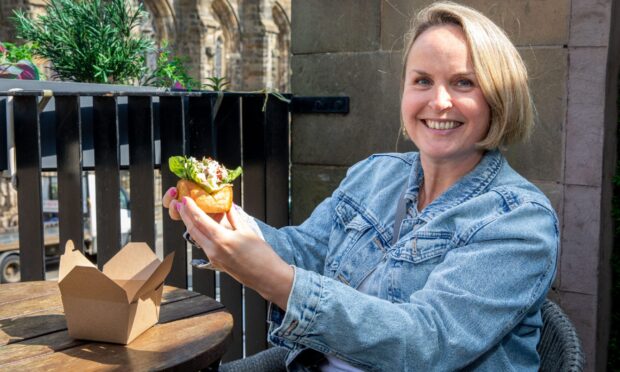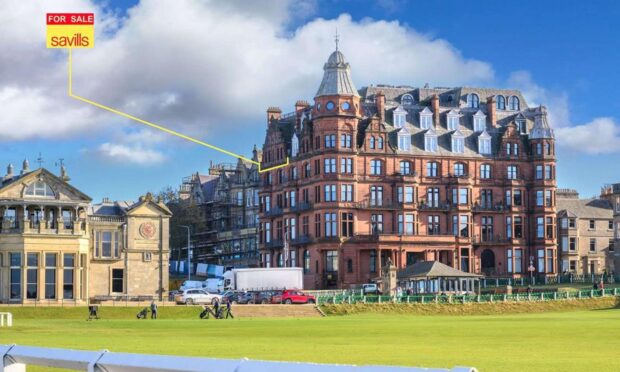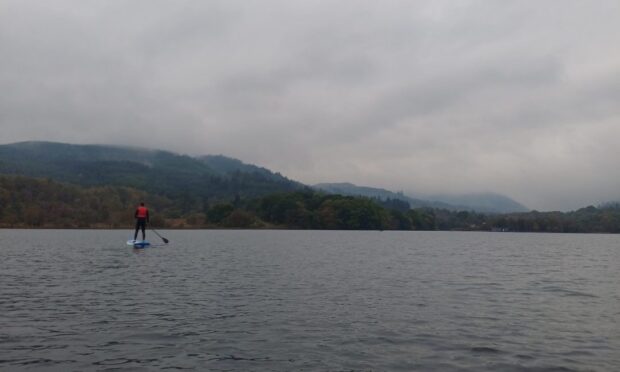When a monocled Patrick Moore waxed lyrical about astronomy in The Sky at Night, he popularised the science of the stars in a way that bewitched thousands of young viewers and gave them a lifelong interest in the subject.
One of these youngsters was Paul Holmes, now 52. His passion for the planets led to him founding the Dalgety Bay Astronomy Club around 10 years ago.
Software engineer Paul describes his younger self as “an armchair astronomer.”
“I was always reading about the universe and its mysteries but in 2006 I starting getting interested in seeing for myself some of the things I’d been reading about, so I bought a telescope,” he says.
Paul had some trouble figuring out how to use this complex bit of kit, so looked around to see if there was a club nearby. He drew a blank so the obvious solution was to start one himself.
Today, around 25 members meet once a month except in high summer for talks, practical workshops and observing when it’s clear.
Subjects might include syzygy (a conjunction or opposition, especially of the moon with the sun); eclipses; transits (where at least one celestial body appears to move across the face of another celestial body, hiding a small part of it); and occultations (when the light from a star is blocked by an intervening body such as a planet, moon, ring, or asteroid); and exoplanets – planets beyond our own solar system.
“We aim to keep our talks suitable for anyone of high school age or above,” says Paul. “We’re a family-friendly club, so members quite often bring their kids along with them.”
There’s a strong social aspect too, with trips to observatories and a celebratory annual Christmas lunch.
Although he’s drawn to the scientific and mathematical side of astronomy, Paul admits that’s only a small part of his passion.
“To me, the night sky is a thing of awesome beauty. Understanding what I’m looking at doesn’t diminish the wonder at all – it only increases it,” he smiles.
If you have visions of a roomful of boffins all training their telescopes on the night sky, think again. A family-friendly club, dads, mums and kids are more likely to take to the Fife countryside for the most interesting results.
“A rural site well away from street lights is best for viewing dim objects like nebulae (clouds of gas and dust in space) and galaxies,” Paul explains. “Stars, the moon, and some of the planets are much brighter, and can be seen well from a town.”
He shoots down another myth by revealing that the sky doesn’t need to be dark.
“Some of our members have purpose-made solar telescopes,” he says. “They do their observing on sunny summer days, whilst the rest of us are out on winter nights – perhaps they have the best idea. The moon is also a good daytime target,” he adds.
The club members have a range of telescopes from budget models to some much bigger ones.
“As a club, we also have a couple of scopes for lending to beginners, including a beautiful hand-made one which was very kindly bequeathed to us,” he says.
Luckily for those of us without access to a telescope, some planet formations can be seen by the naked eye. “Striking formations happen quite often, for example on light summer nights, so look out for bright objects like planets,” he advises.
“The moon is the easiest to find, even by day, and as its phases are always changing there’s something different to see every day.
Jupiter, the largest planet in the solar system, is great too – it’s well placed at the moment and is especially easy to find as the moon passes very close by it on June 30, and again on July 28. You can see four of its moons with just binoculars, and they change position noticeably even by the hour.
“And gas giant Saturn can be found near the moon on July 6, August 2, and August 30.”
www.db-astro.org
